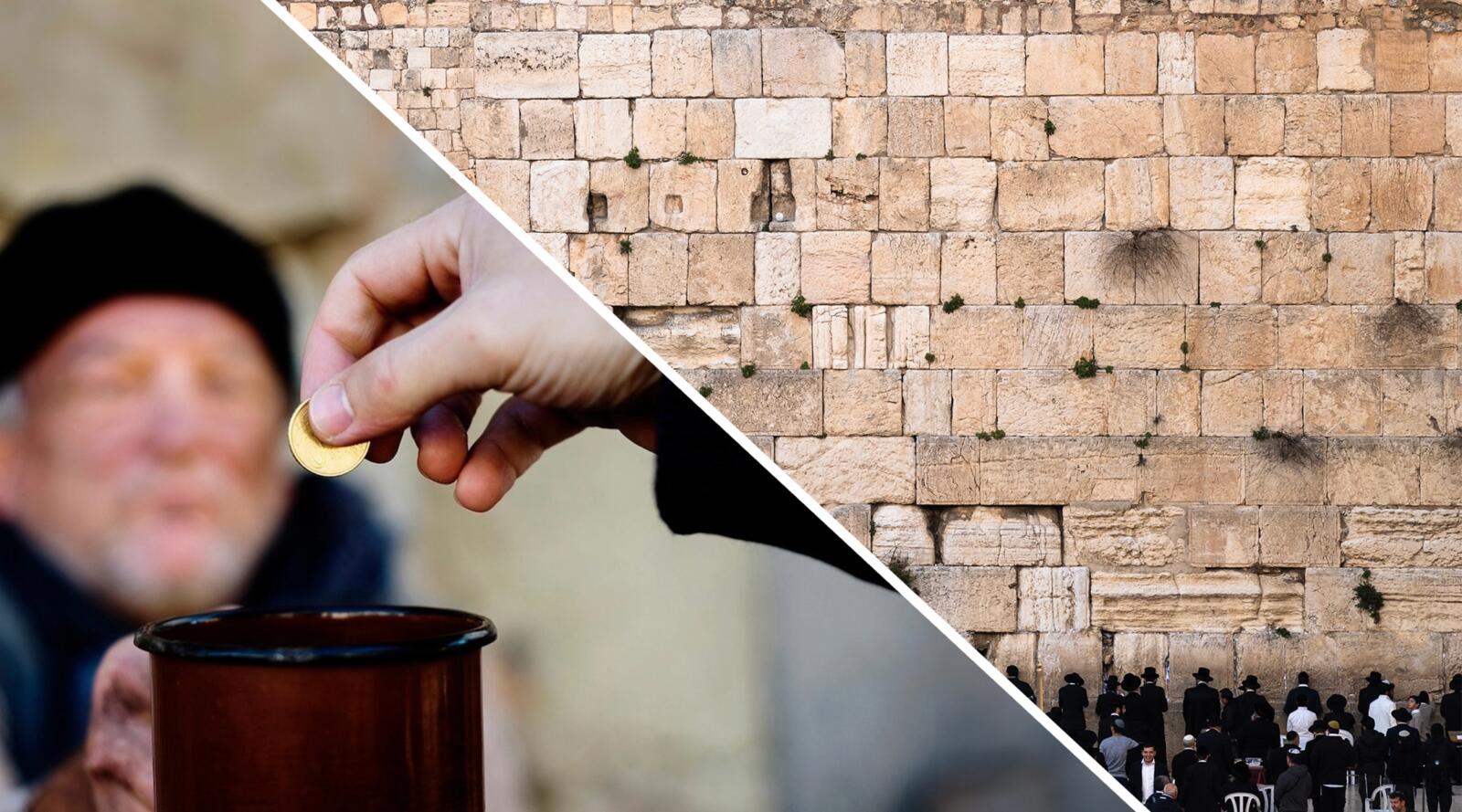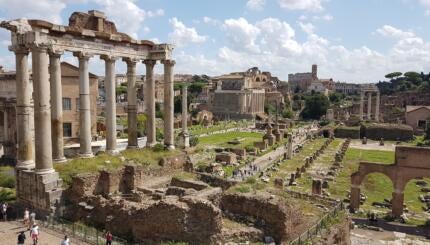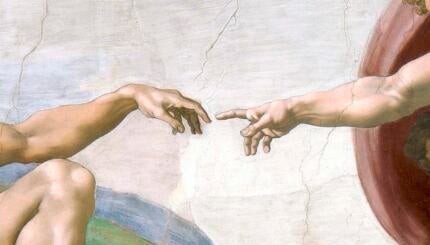What is God’s message to Moses on Mount Sinai? The answer depends on which part of the Bible you’re reading.
Beginning in Chapter 21 of the Book of Exodus, Moses receives a detailed collection of laws dealing with interpersonal matters, mostly financial. Known to scholars as the Covenant Code or Covenant Collection, these laws discuss proper treatment of indentured servants, payments for injuring people or property, prohibitions against usury and bribery, and a requirement to help fellow Israelites unload their overburdened donkeys.
The text waxes poetic at times, emphasizing how proper treatment of the weak is of paramount importance to God. “If you take your neighbor’s garment in pledge, you must return it before the sun sets,” Exodus 22:25-26 reads. “It is the only available clothing—it is what covers the skin. In what else shall [your neighbor] sleep? Therefore, if that person cries out to Me, I will pay heed, for I am compassionate.” After four chapters describing these regulations, the section concludes with Moses writing these words down and establishing a covenant with Israel to keep them.
Then the Torah turns to the building of the Tabernacle, the portable sanctuary the Israelites construct in the wilderness. It begins by describing the objects to be kept in the holy of holies — namely the ark with the golden cover, atop which sat two golden cherubim, a table plated in gold for the shewbread, and a seven-branched menorah made from one hunk of gold. After describing the elaborate almond branch decoration of the menorah, and how the six arms branch off the main shaft, God tells Moses (Exodus 25:40): “Note well, and follow the patterns for them that are being shown you on the mountain.”
With your help, My Jewish Learning can provide endless opportunities for learning, connection and discovery.
What exactly was God showing Moses? Rashi suggests that the menorah was especially intricate, so God shows Moses an image of it. But Rabbi Abraham ben Rambam argues that God shows Moses an image of all three objects — the ark, the altar and the menorah. In other words, the whole revelation comes with a visual component for every item.
This continues in the next chapter, when Moses learns how the Tabernacle structure is to be put together, the way the cloth should be woven and out of what material, how the poles and sockets should be put together, and more. The summary verse (Exodus 26:30) offers the same description of Moses seeing an image on the mountain, and then again (Exodus 27:8) after describing how to construct the wooden altar overlaid with bronze.
We tend to think of the revealed Torah as something verbal. But while our own access to the Tabernacle is only through a textual description, the depiction of revelation as a series of visual images highlights the place of the Tabernacle in Israelite religion: It is meant to be a visually impressive and beautiful symbol. It is not about individual behavior, but aesthetics.
These two depictions of God’s revelation to Moses —a set of ethical laws and a set of visual instructions for setting up the Tabernacle — are quite different. Critical Bible scholarship has long identified them as deriving from different sources — the Tabernacle account from the Priestly source (P), and the Covenant Collection from an earlier (non-Priestly) Elohistic source (E). Their different depictions of revelation point to alternative conceptions of the goal of revelation.
E’s depiction of revelation centers on an ethical covenant: Israel is committing to live in accordance with a set of moral principles that include proper treatment of society’s weaker elements—the poor, widows and immigrants—and fair dealings. In return, God will bring them to the promised land and look after their welfare.
In P’s account, the goal of the revelation is a national project: Israel will build a central place of worship, using the choicest material and the best craftsmanship, that will be a source of national unity and pride. And indeed, the Torah tells us that the Israelites contribute so much raw material for the project that the craftspeople tell Moses they have more than they can use.
In this way, national projects have an amazing power to build social cohesion. But as important as morale building and unity are for a people, so is the other account of revelation — that of committing to ethical treatment of each other, the weak, and even the immigrant. This is what makes a people worthy of divine favor.
These two versions of revelation were originally presented as separate texts, as the only instructions Moses received at Sinai. But those who compiled the Torah from these documents evidently believed that both versions were necessary. To truly build a relationship with God, the Israelites needed to unify behind national goals. At the same time, they had to commit to living moral lives, treating each other, and especially those in need, with fairness and respect. Only a people whose national character includes moral commitments can honestly say that their impressive national accomplishments reflect lives infused with the word of God.
This article initially appeared in My Jewish Learning’s Shabbat newsletter Recharge on Feb. 17, 2024. To sign up to receive Recharge each week in your inbox, click here.



